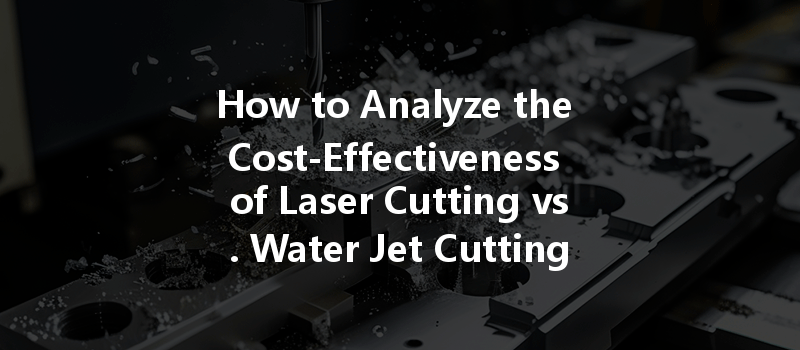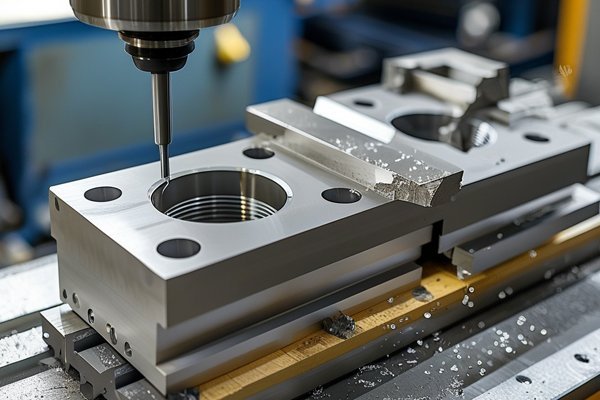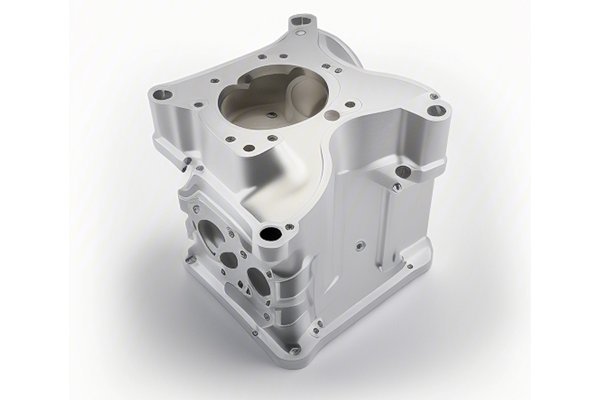Opening: An Intriguing Comparison
Did you know that the global CNC machining market is projected to surpass $117.7 billion by 2026? As industry standards rise and competition tightens, manufacturers are continually seeking efficient and cost-effective cutting technologies. Among the options available, laser cutting and water jet cutting stand out as two popular methods. But how do you decide which method offers you the most bang for your buck? This blog aims to dissect the cost-effectiveness of these two impressive technologies so that you can confidently make informed decisions for your manufacturing needs.
In the world of CNC machining, choosing the right cutting technology can drastically affect the bottom line. While both laser cutting and water jet cutting are high-precision techniques, they employ different mechanisms to achieve results. Here’s a deeper dive into the two technologies, how they operate, and what factors affect their respective costs.
Understanding the Technologies
Laser Cutting
Laser cutting utilizes a focused beam of light, generated by a laser, to melt, burn, or vaporize material. The process typically involves the following components:
The technology is widely used for metals, but it can also handle plastics, wood, and other materials. The outcome is often smooth, high-quality cuts, with the potential for intricate designs.
Water Jet Cutting
Water jet cutting, on the other hand, uses a high-pressure jet of water—sometimes mixed with abrasive materials—to cut through various materials. This method is known for its versatility and capability to cut:
The process involves:
This technology is particularly advantageous for materials sensitive to high temperatures, as it doesn’t involve thermal distortion.
Detailed Cost Analysis
Factors to Consider
Several factors impact the overall cost-effectiveness of laser cutting and water jet cutting in CNC machining:
Material Type
Different materials have varying costs associated with laser or water jet cutting. Laser cutting excels with metals like stainless steel, mild steel, and aluminum, while water jet cutting can handle thicker materials and more brittle substrates like glass or ceramics.
Thickness of Material

Laser cutting is more cost-effective for thinner materials, where it provides faster cutting speeds. Water jet cutting shines when dealing with thicker materials, as it can cut up to several inches without losing performance.
Complexity of Design
Both methods can create intricate designs, but laser cutting often handles finer details more precisely, which may lead to cost savings in cutting patterns and reduced need for post-processing.
Production Volume
For high-volume production, the setup costs will be distributed over more parts, making either technology more economical. Nonetheless, laser cutting can provide faster cycle times, which enhances productivity.
Initial Equipment Costs
Initially, laser cutting machines tend to have a higher purchase price than water jet equipment, which could deter small-scale businesses. However, the higher capital expenditure may justify itself through long-term operational efficiencies.
Operating Costs
Laser cutting generally incurs higher power costs due to its energy-intensive process. Water jet cutting, while lower in energy consumption, requires abrasive materials that can add to overall operational costs.
Post-Processing Requirements
Consider what level of finish is needed; laser cutting often results in a smoother edge, reducing or eliminating the need for additional refining. In contrast, water jet cutting can leave a rougher edge, potentially necessitating further finishing work.
Lead Time and Efficiency
Laser cutting machines often have faster cutting speeds, which means shorter lead times for production. Evaluating the time efficiency between the two processes can help calculate the overall cost-effectiveness.
A Practical Scenario: Cost Comparison
Let’s take a practical scenario with two cutting tasks:
Scenario A: Laser Cutting
Scenario B: Water Jet Cutting
In this scenario, laser cutting for aluminum is more cost-effective than water jet cutting for glass, showcasing how preference shifts with materials.
To wrap it all up, understanding the nuances and cost considerations associated with laser cutting and water jet cutting is crucial for any business seeking to optimize its production line. Both technologies offer unique advantages, depending on the materials, thickness, designs, and required finish of your projects.
Investing time in analyzing these factors allows manufacturers to choose the most suitable cutting method, thereby maximizing returns and improving overall efficiency. As CNC machining continues to evolve, the relevance of these technologies warrants ongoing consideration.
Ultimately, the right choice hinges on your specific operational needs and cost constraints. As you explore these cutting techniques, remember that informed decisions can lead to enhanced productivity, quality output, and substantial cost savings, making it an essential conversation for anyone involved in manufacturing.
By carefully weighing your options and operational requirements, you can ensure that your investment in CNC machining technologies is sound, strategically positioning your business for the challenges ahead.
—






